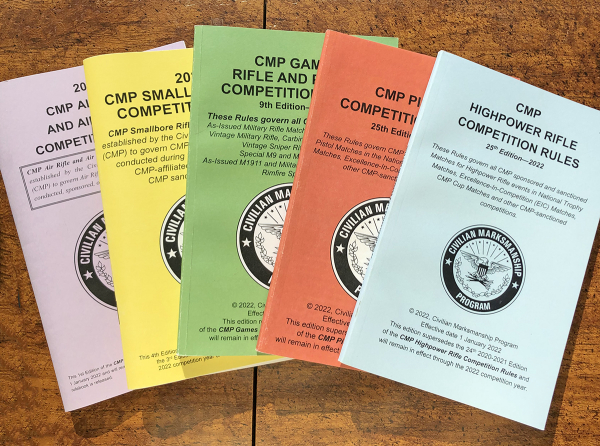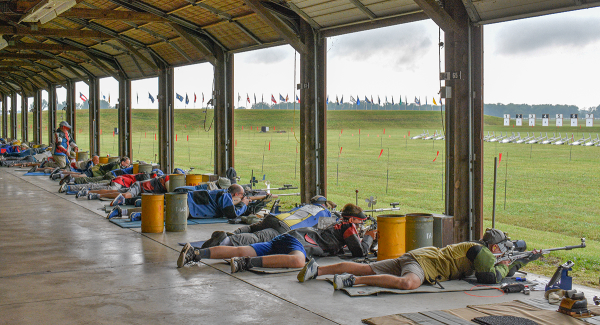Between The Berms: Wildcattin’
By Paul Erhardt, Managing Editor, the Outdoor Wire Digital Network
Cards on the table…I know little to nothing about smallbore rifle competition. In fact, the full extent of my understanding of the sport is that it is based around a rifle chambered in .22LR.
Generally speaking I know there are other elements to the sport, additional gear needed, equipment you have to have, but what all those things are, I have no idea. Eventually, though, I found out…sorta.
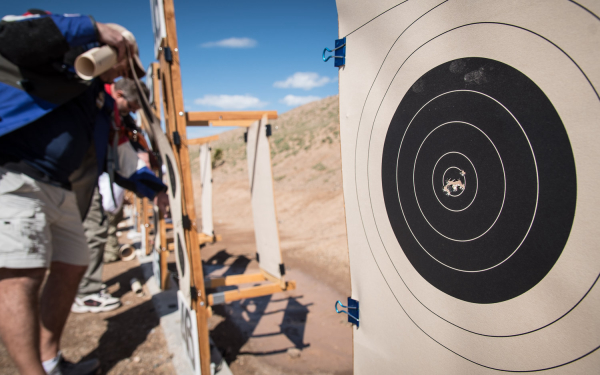
A friend of mine, Michele Medige, who works for Eley Ammunition and is a serious smallbore competitor herself, told me about the Western Wildcat match taking place at the Ben Avery Shooting Facility and recommended I check it out.
The official name of the event is ‘The 64th Annual Western Wildcat Smallbore 6400 NRA Conventional Prone and F-Class Regional.’ In other, fewer words, the Western Wildcat.
The only thing more complex than the official title of the event is the list of gear one needs to compete. This is not a cheap sport to jump into.
Sticker-shock might be the best way to describe the barrier to entry that keeps shooters from delving into smallbore. If you can survive the shock, you have a future in this sport.
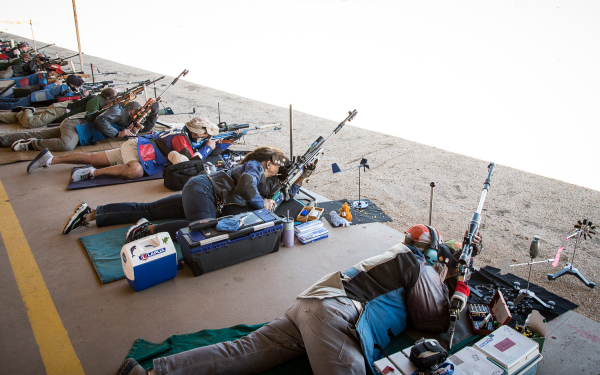
And you will be shocked multiple times along your journey to shooting smallbore, from an Anschutz or Hammerli smallbore specific rifle that can run anywhere from $5,000 up to $10,000, to optics AND specialized iron sights, to a shooting coat that can set you back a cool $600-plus.
And let’s not even talk about ammo. Walking the line it became very clear that you have two options for ammo. You either go with Eley or you go with Lapua. And the choice isn’t even that simple. In order to seriously compete at the level of these shooters at the Western Wildcat, you’re going to have to purchase a lot of ammo.
I am not talking about ‘a lot’ meaning a whole bunch of rounds. No sir. I mean you have to get your gun tested with samples of multiple rounds to determine which delivers the best accuracy in your rifle, then you purchase the entire production lot of that round.
And guess what, top-of-the-line, high end competition .22 ammunition doesn’t come cheap. You could be paying anywhere from $0.18 upwards of $0.74 a round and purchasing 5,000 rounds at a time.
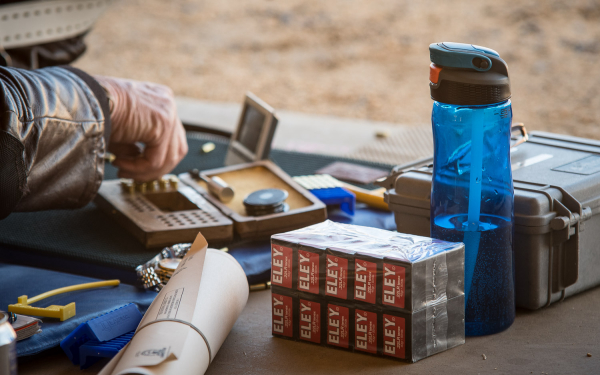

That put me back on my heels, but not as much as learning I could send off my rifle to be lab tested. “Wait! You mean they’ll shoot my gun for me, tell me which round is the magic accuracy round for the gun, and then sell me the lot?” Yes, that’s exactly how it works.
If nothing else, smallbore is an exercise in the science of accuracy. This is a crazy technical sport and the only thing that matters is accuracy and to get there you really can’t skip any steps.
Shooters had heavy leather shooting coats with straps and buckles that would give a bondage enthusiast pause – I’m guessing. This eliminates as much shooter body movement as possible.
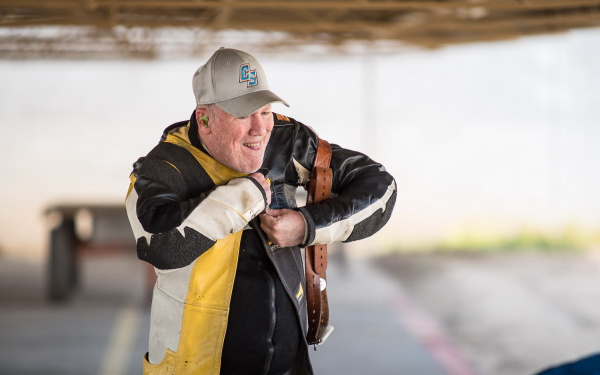
There is an attention to detail when it comes to the weather that might make the local TV weatherman/woman feel like an amateur. Shooters had tiny pinwheel contraptions to indicate wind direction, and some had an electronic windmeter capable of showing current wind speed, average wind speed, maximum wind speed and a beaufort bar graph.
If you’re like me you’re probably about to google “what the hell is a beaufort bar graph,” but allow me to save you the time. According to the National Weather Service, the Beaufort Wind Scale is “one of the first scales to estimate wind speeds and the effects (and) was created by Britain’s Admiral Sir Francis Beaufort. He developed the scale in 1805 to help sailors estimate the winds via visual observations. The scale starts with 0 and goes to a force of 12. The Beaufort scale is still used today to estimate wind strengths.”
And now they’re using it out in the desert at Ben Avery to put a 40 grain bullet in the center (hopefully) of a target 100 yards down range. Hurray for Science!
There is a further complexity to the match because it’s not just one match. It is several matches scheduled across five days with aggregates. And the distances are 100 yards, 50 meters and 50 yards, because who doesn’t like a little ‘metric vs imperial’ dissociative identity disorder.
Trying to keep up with the rules, the gear, the pressure – did I mention each flight is time limited to 20 minutes for 20 rounds – without being intimidated by it all, takes something. Maybe it’s nerves, experience, rising to the challenge or just indifference to the complexity, but nobody seemed particularly phased by the sport.
Most of the shooters on the line were ‘experienced’ shooters, which is the polite way of saying they were older. We’re talking rotary phone, pre-cable TV old. Shooters who may ask RPM or ACP when you mention 45…and can immediately identify the 7-inch adapter on sight.
However, there were a few younger shooters, including two students from New Mexico Tech. Evan Owen and Devlon Shaver comprised the entire shooting team from their school where they head up a shooting sports club with about 40 members. As a club they receive funding from the school that can be used on gear and travel, but not guns or ammo.
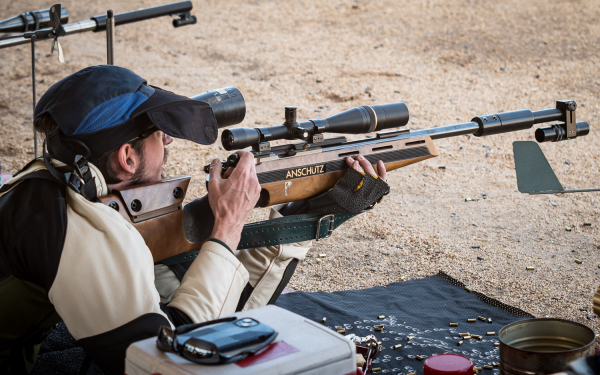
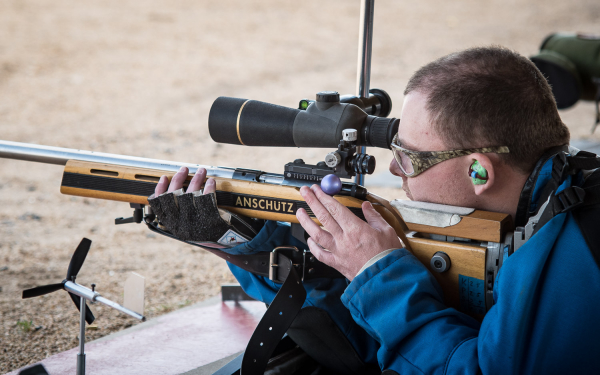
Evan explained that he got into smallbore in 2020 at New Mexico Tech when he met Ginger, a.k.a. Virginia McLemore of the New Mexico Bureau of Geology and Mineral Resources, which is a research division of New Mexico Tech. After seeing a target posted in Ginger’s office, Evan went to her smallbore clinic and got hooked.
Now he’s traveling to major matches, shooting a borrowed Anschutz and making a fashion statement on campus rocking his $650 shooting jacket. He doesn’t really walk around campus in a shooting jacket, but it would be kinda low-key cool if he did.
Despite the youth movement that Evan and Devlon represent, the Western Wildcat saw fewer shooters this year – 47 – than the 60 or so they normally draw. This was thanks to MLB’s Spring Training festivities in the Phoenix Valley area and the accompanying jump in hotel room costs.
Now, the limited picture I paint of what smallbore competition looks like is perhaps not all that inviting. It’s a slow moving sport, with highly specialized equipment and an aging participant base. But that doesn’t mean there isn’t an appeal to competing.
The Western Wildcat is a 1v1 sport. It’s you versus you in an extreme accuracy challenge, and there is something inherently intriguing in the challenge of testing yourself on the range. Not everything has to be high speed, low drag, and while I don’t relish the idea of breaking the bank on smallbore gear, the notion of shooting a match keeps crossing my mind.
I think I can live with taking home the not-so-coveted ‘At Least Your Tried’ trophy, assuming they have one.



